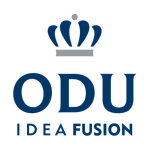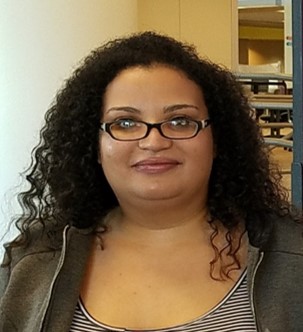Below is a summary of the abstract you submitted. Presenting author(s) is shown in bold.
If any changes need to be made, you can modify the abstract or change the authors.
You can also download a .docx version of this abstract.
If there are any problems, please email Dan at dar78@pitt.edu and he'll take care of them!
This abstract was last modified on May 4, 2017 at 2:26 p.m..

Over 10,000 bacteriophages have been collected and submitted to the Actinobacteriophage Database. Among those, over 1000 have been sequenced through the SEA-PHAGES program. At ODU, we have been participating in the Host Range Project: SEA-PHAGES 2016-2017 to test whether a collection of phages can infect a host other than Mycobacterium smegmatis mc<sup>2</sup> 155. Host range studies are relevant in understanding the process of phage infection and the potential use of a single phage against multiple bacteria in phage therapy.
We received 30 mycobacteriophage lysates from the archives at University of Pittsburgh and used 5 phages isolated at ODU in this study. In order to determine if bacteriophage have more than one host, a collection of 35 phages have been investigated to determine if these phage have a broad host range. Originally, all of the phages were isolated with Mycobacterium smegmatis mc<sup>2</sup> 155.
The goal of this project was to determine if phage have a broad host range by testing each phage on different bacterial hosts within the Actinobacteria phylum. In total, thirty five phage and eight different bacterial hosts that are human and fish pathogens were investigated: Mycobacterium smegmatis mc<sup>2</sup> 155, M. smegmatis NSC 3240, M. fortuitum M5, M. fortuitum M6, M. chelonae M3, M. chelonae 324-818, M. marinum ATCC 927, and M. marinum M30-01. To test the broad host range infectivity, serial dilutions of each isolated bacteriophage were prepared, followed by spot tests of 3-5 ul of each dilution on a nutrient agar plate containing a bacterial lawn made from each strain.
Subsequently, the plates were incubated at 30°C and observed for the presence of plaques or zones of clearing. The results revealed that in addition to infecting M. smegmatis mc<sup>2</sup> 155, at least eleven phage were able to also infect M. smegmatis NSC 3240, at least two phage infected M. fortuitum M5, and one phage (BxB1) infected M. fortuitum M6. The titers of the phage and the efficiency of infection was calculated using the phage titers from M. smegmatis mc<sup>2</sup> 155 as the control. These findings indicate that some bacteriophage isolated on M. smegmatis mc<sup>2</sup> 155 can infect related species of bacteria and have a broader host range than originally thought. However, the range of hosts may be limited due to the genomic composition and evolution of each distinct phage.

